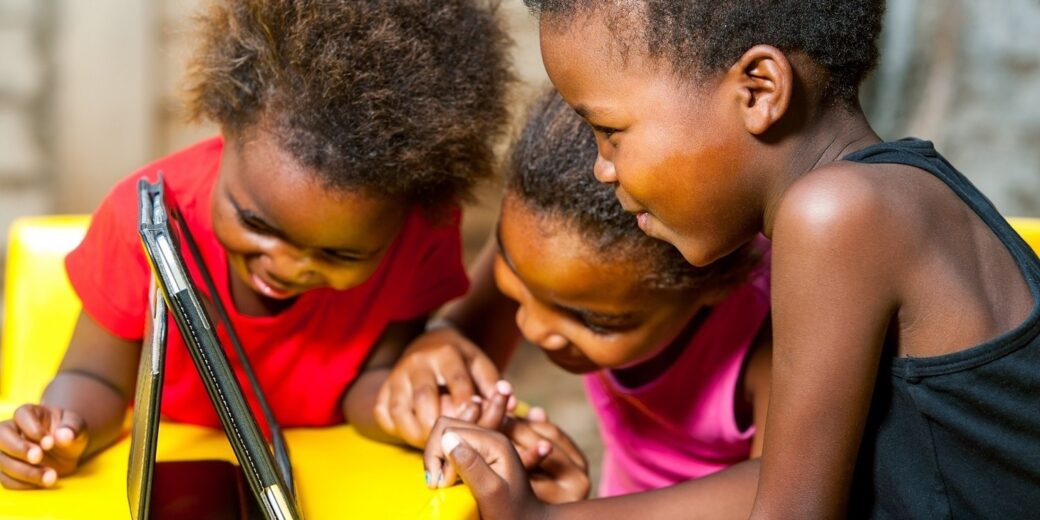Free online courses list: Education in Emergencies and Disasters
Focusing on education for children in emergencies is an essential component of all humanitarian responses. As a mother, I can, even more, relate to the importance of education and education in emergencies. In emergencies and disasters, education provides a safe and protective environment for children during times of crisis. Education can also provide a sense of normalcy and stability for children in emergencies. It helps to cope with the stress and trauma of the situation and provides a routine and structure that helps to feel safe and secure. Notwithstanding, education is crucial for children’s cognitive and social development. It provides the skills and knowledge they need to build a better future for themselves and their communities.
Education is a fundamental human right, and all children have the right to access quality education regardless of their circumstances. It’s stating the obvious to write that education in emergencies is crucial for the well-being and prospects of children affected by crises. Therefore long-overdue in my publications of lists of online free humanitarian training material and courses, a list of education in emergencies and disaster courses. I start this blog with an excellent short video from the Humanitarian Leadership Academy. The animation video introduces the concept of and rationale for education in emergencies.
If you are interested in more free online training, look, for example, at the list of courses in Humanitarian Logistics and Supply Chains or Humanitarian Law and Human Rights or Mental Health and Psychosocial Support (MHPSS) in Humanitarian relief.
Please get in touch with me if you see I am missing courses and resources. I will continuously update and curate the lists I have created on this blog.
Education in Emergencies online courses
- Education in Emergencies Global Course by UNICEF (12 hours in 6 weeks)
- Education in Emergencies Global Course (Executive Summary Version) by UNICEF (2 hours)
- Education in Emergencies (EiE) by INEE (Inter-agency Network for Education in Emergencies), Save the Children, Humanitarian Leadership Academy, Humanity & Inclusion, IKEA Foundation, Plan International, Unicef, University of Geneva, War Child, World Vision, PiN, The MHPSS Collaborative, Right to Play, LEGO Foundation (200 hours)
- Inclusive Education by Save the Children (4 hours)
- Promoting Children’s Development and Well-being by Save the Children (6,5 hours)
- Child Protection and Education by INEE (Inter-Agency Network for Education in Emergencies) and the Global Alliance for Child Protection in Humanitarian Action (1 hour)
- EdTech 101: An Introduction to Education Technology by Save the Children (1 hour)
- INEE Minimum Standards for Education: Preparedness, Response, Recovery by INEE (Inter-Agency Network for Education in Emergencies) (3 hours)
- Child Safeguarding in Coordination of Education and other Clusters by Save the Children (1 hour)
- Introduction to School Disaster Management by Save the Children (1 hour)
- What your audience needs to know in an emergency: EDUCATION by BBC Media Action
Related courses on Child Protection in emergencies
In an earlier list I provided an overview of online free courses in GBV (Gender-based violence) and Child Protection, available here. Find below a shortlist of some of the courses as earlier shared:
- Protecting Children in Humanitarian Settings by Colombia University (3-5 hours per week – 12 weeks)
- Children’s rights and why they matter by UNICEF (1,5 hour)
- Introduction to Child Protection by UNICEF (30 minutes)
- Child Protection in Emergencies by Plan International (14 hours)
- Child Protection in Conflict Settings by Save the Children (1,5 hour)
- Online Child Safeguarding Training by UNICEF (1,5 hour)
- Shifting Norms around Violence in Schools – A Guide for Facilitators Working with Children and Young People by Child Protection Hub and Terre des Homme (5 hours)
Network for Education in Emergencies
There are many online resources, platforms and expert websites around, focused on sharing information and knowledge about Education in Emergencies. I like to especially mention INEE, The Inter-agency Network for Education in Emergencies. They are also the provider of the most extensive online course in Education in Emergencies as provided above.
INEE is an open, global network of members working together within a humanitarian and development framework to ensure that all individuals have the right to a quality, safe, relevant, and equitable education.
The Global Education Cluster works towards a predictable, equitable and well-coordinated response addressing education concerns of crisis affected populations by reinforcing capacities of cluster staff and partners.


